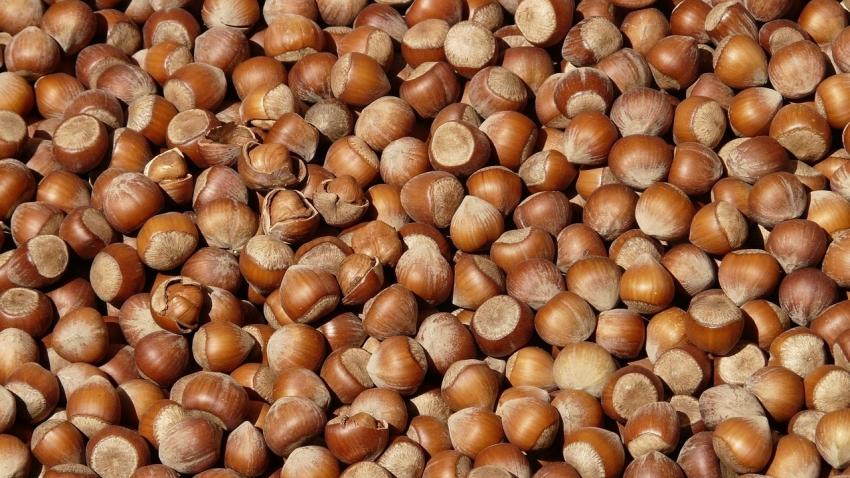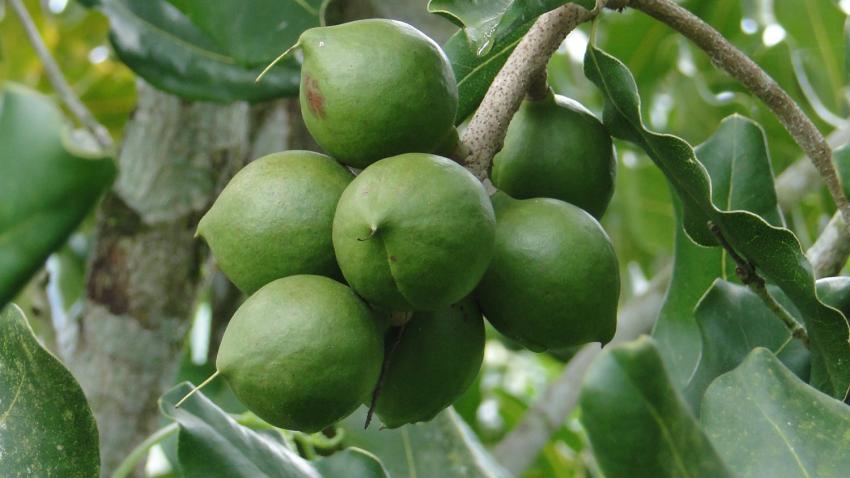You are here
Back to topTurkey Leads Hazelnut Exports to China, Outpacing US

According to a report by Turkish Agri.News, Turkey’s 2023/24 hazelnut production season, which ran from Sept. 1, 2023, to Aug. 31, 2024, has yielded good results. Dursun Oğuz Gürsoy, vice chairman of the board of directors of the Black Sea Hazelnut and Hazelnut Products Exporters’ Association, said that during this period Turkish hazelnuts were exported to 130 countries, with the export volume reaching 303,458 metric tons. Meanwhile, the export value stood at $2.349 billion, representing an increase of 30.9% over the 2022/23 season. Speaking of the current 2024/25 season, which started on Sept. 1, 2024, he noted that the export target is set at a minimum of 300,000 metric tons.
Gürsoy observed that while the quality of Turkish hazelnuts is highly praised around the world, Turkey has also benefited from the situation in other hazelnut-growing countries, which have recently witnessed low production and mediocre nut quality.
In regard to the Chinese market, Turkey’s Anadolu News Agency earlier reported an 11.6% year-on-year increase in the value of the country’s exports to China between January and July of this year, with the total export revenue hitting $1.8 billion. Hazelnuts and hazelnut products were the fifth-biggest export category in terms of value, trailing mineral products, chemical products, steel and non-ferrous metals, and textiles. Over this period, Turkey sold $51.5 million worth of hazelnuts and hazelnut products to China.
Most of China’s hazelnut supply originates from Turkey and the United States. Turkish hazelnuts are typically imported as kernels, whereas those from the United States are usually imported in shell. The market shares of the two countries have shifted significantly over the past three seasons, with China’s hazelnut importers switching increasingly to Turkey.
Three seasons ago, the gap between the two countries began to narrow and shipments almost reached parity in terms of value. According to data from China Customs, between January and August 2022, China imported 8,095 metric tons of in-shell hazelnuts worth 168 million Chinese yuan ($23.6 million) from the United States and 2,508 metric tons of hazelnut kernels worth 148 million yuan ($20.8 million) from Turkey.
The following season, the value of Turkish hazelnuts imported into China surpassed that for the United States. From January to August 2023, China’s imports of Turkish hazelnut kernels amounted to 1,276.5 metric tons worth 66.65 million yuan ($9.36 million), whereas those of in-shell nuts from the United States stood at 4,414 metric tons worth 52.11 million yuan ($7.32 million).
Last season, the situation took a significant turn. In the first eight months of 2024, Turkey supplied China with 3,321 metric tons of hazelnut kernels valued at 193 million yuan ($27.1 million), whereas the United States shipped only 574.5 metric tons of in-shell nuts worth 8.59 million yuan ($1.21 million). Compared with the same period of the previous season, China’s import volume of hazelnuts from Turkey increased by 160%, while the import value soared by 190%. By contrast, the amount of U.S. hazelnuts exported to China fell by 87.0%, while the export value declined by 83.5%.
According to the U.S. Department of Agriculture’s most recent Fruit and Tree Nuts Outlook, the United States has historically been the world’s largest exporter of in-shell hazelnuts. However, since the 2020/21 season, its exports of in-shell hazelnut products have decreased by about 35%, from 24,000 metric tons in 2020/21 to 15,700 metric tons in 2023/24. By contrast, the amount of domestic kernel hazelnut products exported throughout this period increased more than fourfold, from 3,900 metric tons in 2020/21 to 16,200 metric tons in 2023/24. Nevertheless, the United States continues to lead the world in exports of in-shell hazelnuts, accounting for more than half of the global total.
In 2023, the area used to grow hazelnuts in the United States reportedly expanded by 12%, while the output per acre grew by 9%. This resulted in a 21.6% rise in nationwide hazelnut production. Despite this rapid growth in cultivation, the price that U.S. producers received last year slightly increased, from $1,300 per metric ton in 2022 to $1,350 per metric ton in 2023. This price increase is attributable to reduced global exports of hazelnuts between 2022/23 and 2023/24 (July to June), which boosted demand for nuts from the United States. During this period, hazelnut exports from Turkey, Azerbaijan, Georgia and Chile all declined to varying degrees. Furthermore, an increase in the official purchase price paid by the Turkish Grain Board, which purchases and stores hazelnuts on behalf of the Turkish government, is said to have also contributed to the price increase.
Image: Pixabay
This article was based on a Chinese article. Read the original article.















Add new comment